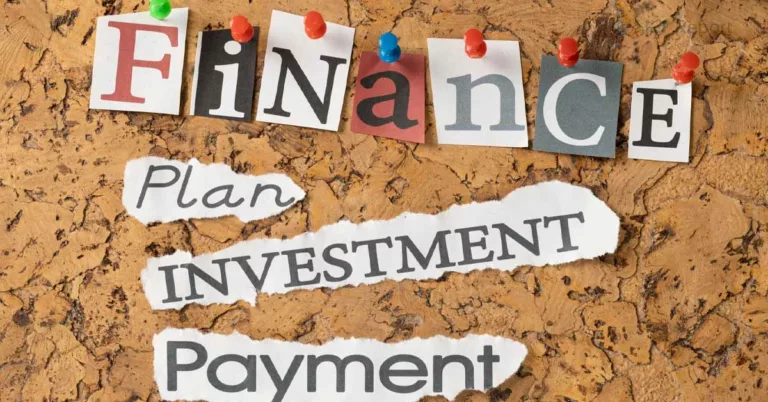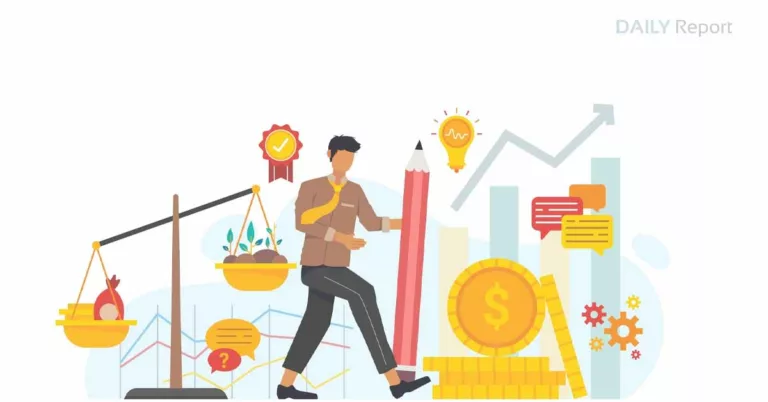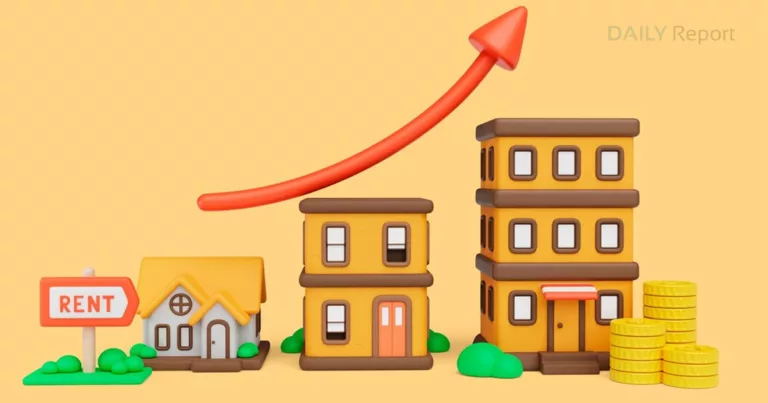Debt Management Strategies: Getting Out of the Red 2023
In today’s society, it is not uncommon for individuals to find themselves burdened by debt. Whether it’s due to overspending, medical expenses, or unforeseen circumstances, debt can quickly accumulate and become overwhelming. However, there is hope for those facing this financial challenge. With proper debt management strategies, it is possible to regain control of your finances and work towards a debt-free future. In this blog, we will explore effective strategies to help you get out of the red and achieve financial freedom.
Understanding Debt
Before we delve into the various strategies, it’s important to understand the nature of debt. Debt refers to the money owed by an individual or entity to another party. It can come in many forms, including credit card debt, student loans, mortgages, car loans, and personal loans. Debt can be categorized as either good or bad. Good debt typically refers to loans used for investment purposes, such as a mortgage that enables you to purchase a home. On the other hand, bad debt is incurred for non-essential purchases or when living beyond one’s means.
Assessing Your Financial Situation
The first step towards effective debt management is to assess your financial situation honestly. Start by gathering all your financial documents, including bank statements, credit card statements, loan agreements, and bills. Calculate your total debt and list down each debt’s interest rate, minimum payment, and outstanding balance. This exercise will give you a clear picture of your financial standing and help you identify areas that need immediate attention.
Creating a Budget
Once you have a clear understanding of your financial situation, it’s time to create a budget. A budget is a financial plan that outlines your income and expenses. It helps you allocate your money wisely, track your spending, and identify areas where you can cut back. Start by listing all your sources of income and subtracting your essential expenses, such as rent, utilities, and groceries. Whatever remains can be allocated towards debt repayment and savings. Remember, the key to successful budgeting is being realistic and disciplined.
Snowball Method
One popular strategy for debt repayment is the snowball method. This method involves paying off debts starting with the smallest balance first while making minimum payments on other debts. Once the smallest debt is paid off, the money previously allocated to it is then redirected towards the next smallest debt. This approach provides a psychological boost as you witness your debts being eliminated one by one, motivating you to stay on track. Eventually, you will have more money available to tackle larger debts.
Avalanche Method
An alternative to the snowball method is the avalanche method. This strategy focuses on paying off debts with the highest interest rates first. By prioritizing high-interest debts, you minimize the amount of interest accruing over time, ultimately saving you money in the long run. Start by making minimum payments on all your debts and allocate any additional funds towards the debt with the highest interest rate. Once that debt is paid off, move on to the next highest, and so on. The avalanche method can be more financially advantageous, although it may take longer to see tangible results.
Negotiating with Creditors
If you’re struggling to make your minimum debt payments, it may be worth reaching out to your creditors to discuss potential options. In some cases, they may be willing to negotiate a lower interest rate, waive late fees, or offer a temporary payment plan. Creditors understand that it’s in their best interest to work with you to ensure they receive at least some payment rather than none at all. Be proactive and communicate your financial difficulties to explore possible alternatives that can make your debt more manageable.
Consolidation and Refinancing
Debt consolidation involves combining all your debts into a single loan with a lower interest rate Debt Management. This simplifies your debt repayment process by having only one monthly payment instead of multiple payments. Refinancing, on the other hand, is the process of obtaining a new loan to replace an existing loan. By refinancing your debt, you can secure a lower interest rate and potentially reduce your monthly payments. These options can help you save money and make your debt more manageable, but it’s essential to carefully consider the terms and fees associated with them.
Seeking Professional Assistance
If your debt situation is particularly complex or overwhelming, it may be beneficial to seek professional assistance. Credit counseling agencies and debt management companies can provide valuable guidance and expertise. They can help you create a personalized debt repayment plan, negotiate with creditors on your behalf, and offer financial education to help you develop better money management habits. However, it’s important to research and choose eputable rand non-profit organizations to avoid falling victim to scams or predatory practices.
Increasing Your Income and Cutting Expenses
Another effective approach to debt management is to increase your income and reduce your expenses. Look for opportunities to earn additional income, such as taking on a part-time job, freelancing, or starting a small business. The extra money generated can be directly allocated towards debt repayment. Simultaneously, evaluate your expenses and identify areas where you can cut back. This could mean reducing discretionary spending, negotiating lower utility bills, or finding more affordable alternatives for daily expenses. Every dollar saved can make a significant difference in accelerating your journey towards debt freedom.
Staying Committed and Building Financial Habits
Getting out of debt requires a long-term commitment and a change in financial habits. It’s crucial to stay disciplined and avoid falling back into old patterns of overspending. Develop healthy financial habits, such as tracking your expenses, avoiding unnecessary debt, and saving for emergencies. Consider automating your savings and debt payments to ensure consistency. Celebrate small victories along the way, and remind yourself of the ultimate goal of financial freedom. With perseverance and determination, you can overcome your debt and build a secure financial future.
Conclusion
Debt Management can feel overwhelming and suffocating, but with the right strategies and mindset, it is possible to regain control of your financial life. Start by assessing your financial situation, creating a budget, and choosing a debt repayment strategy that aligns with your goals. Explore options like debt consolidation or refinancing, and don’t hesitate to seek professional assistance if needed. Increase your income, cut expenses, and build sustainable financial habits to ensure long-term success. Remember, getting out of debt is a journey that requires patience and commitment, but the rewards of financial freedom are well worth the effort. Take the first step today and pave the way for a brighter financial future.







